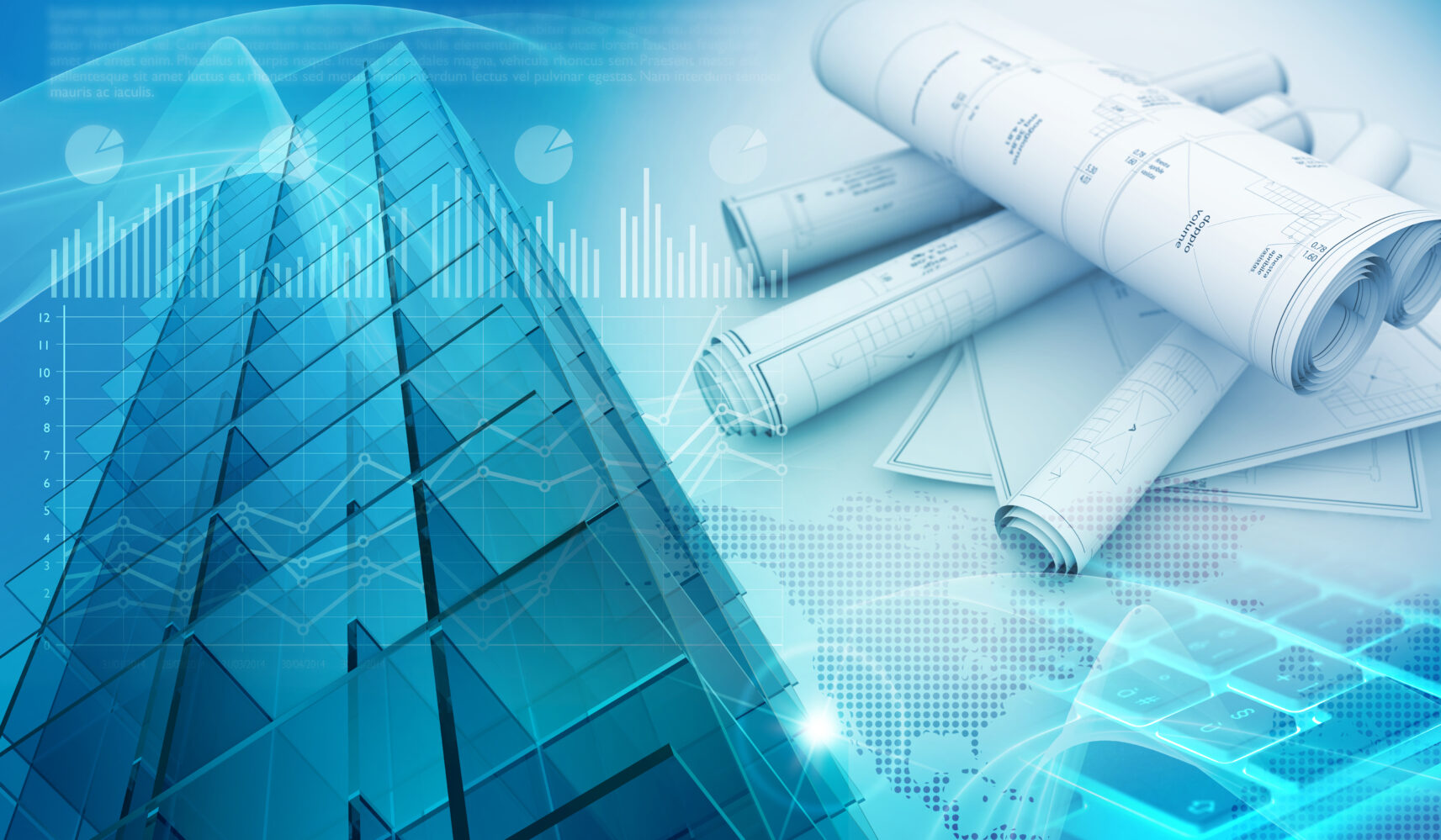Paul McCarthy, CTO of Service Works Global, is featured in the March issue of FMJ, exploring the benefits of digitalization in the built environment and advises how FMs can start the digital journey as illustrated by two case studies
Ask a range of professionals in the construction, design and FM sectors to describe building information modeling (BIM) and you’ll likely get a mixed set of responses. Some may be unfamiliar with BIM; others might think that it is simply a piece of technology implemented during the construction of a building.
The truth is that BIM is a powerful tool for any business working towards a digital transformation. That’s one of the reasons that the UK BIM Alliance, rebranded to’nima’ late last year (nima is not an abbreviation, but the Greek word for thread). The rebrand was recognition of the fact that the scope of digital transformation is much wider than BIM, and includes digital twins, FM and maintenance, business efficiency, and sustainability.
For me, the best way to explain BIM to someone unfamiliar or unsure with the concept is to describe it as a process of information management and sharing. Once we have this understanding, conversations can progress about how we begin the journey towards a smart building and the various systems that need to be in place. For some, that journey begins at the construction stage.
BIM During Construction
The UK Government has been promoting the adoption of BIM in the construction industry for more than a decade, and over that time its use has grown significantly – and for good reason. BIM enables collaboration among project stakeholders by providing a common platform for sharing information. For example, architects, engineers, and constructors can all access the same model, which ensures that everyone is working from the most up-to-date information. BIM also improves coordination among design and construction teams by allowing them to detect and resolve conflicts before construction begins. This increases efficiencies and reduces costs, as problems are detected before work is underway.
It also plays an important role in compliance by allowing teams to check the design against building codes and safety standards.
Buildings constructed with the support of BIM information can retain that data for the long run and reap the benefits.
A common misconception I come across is that if an existing building does not have a BIM model in place, it’s either not worth the cost or too difficult to implement. I’m pleased to say that this couldn’t be further from the truth.
Utilizing BIM Data in Existing Buildings
The UK Green Building Council states that 80 per cent of the buildings we’ll be using in 2050 have already been built, which is why it would be remiss of us as an industry to focus too much on new builds when we have so much existing stock to digitally transform.
Fortunately, the process of developing a digital model and gathering the data does not have to be time-consuming or expensive. We recently built a digital representation of an 8000 m² school in Sweden over the course of a weekend, using laser scanning technology, meaning there was no disruption to the students.
BIM models are commonly created through the use of 3D laser scanning and georeferencing technology. Once set up, the fully operational and data-rich model hast some immediate benefits. For example, the new digital model can replace floorplans that may well be outdated. This will be vital for any future retrofitting or construction work, as all relevant parties can access the model, safe in the knowledge that it contains up-to- date information.
As far as smart buildings go, the next step in the journey is implementing sensors to capture real-time data. Sensors can track a wide array of things, from room occupancy levels to how full a bin is-when a cleaner can then be pinged with a message to empty that bin. With so many possibilities for data collection it can be tempting to add sensors across an entire estate and track everything you can. However, my advice is to start small. There is no point capturing data that you won’t have a use for or won’t have someone designated to analyze and report back.
Consider what will be most valuable for your organization and start there. One area that all businesses will be impacted by, regardless of sector, is energy, especially as the Government support program is changing at the end of the month.
By analyzing sensor data about which rooms of a building are (or are not) used, informed decisions can be made about the lighting and heating requirements for those spaces. The data may dispel pre-existing assumptions of which spaces employees use, and when. The larger the estate, the more impactful strategic decisions like this can be, helping to drive sustainability and cut energy costs.
Digital Twins
With the sensors in place and integrated with the BIM information, you can create a digital twin-this is an exact replica of a building, its physical attributes and live operational data. The benefits of a digital twin include:
- Scenario planning: Model ‘what if’ scenarios on real operational data to understand the impact of a change without committing to it.
- Increased efficiency and reduced costs: By monitoring the performance of a digital twin in real-time, it is possible to identify and fix problems quickly, which can lead to increased efficiency and reduced costs
- Predictive maintenance: Using the data from the digital twin, organizations can have better understanding of their assets and its condition, allowing them to schedule maintenance before failure occurs. This reduces unnecessary trips for maintenance staff, who can also view the dimensions of access points in advance to be sure that they will be able to fit machinery into a space.
- With these elements in place, a building is ready for enhanced operational efficiency, which is where FM comes into the picture.
The Benefits of Digitalization for FM
FMs can implement their own operational systems with a BIM model and sensor technology to help drive operational efficiency. Of course, it’s vital that all systems are able to integrate and “talk” to each other, so make that a key point of consideration before any new software outlay.
I said that it helps to think of BIM as information management and sharing, and this is where FM can truly show its value to a business. FMs and the teams they manage are the eyes and ears of a building, and best placed to provide recommendations on how to improve operational efficiency. One example is smarter cleaning processes. Room occupancy data can be shared with FMs so that instead of set rotas for cleaning teams, they can employ a flexible approach and only clean where and when required. Sensors can be used to notify cleaners when a bin needs to be emptied or toilet roll needs to be replenished, so they are not wasting time on tasks that are not necessary.
I mentioned predictive maintenance as another area that can be supported by digitalization. The longer that BIM information is being gathered and stored, the greater insight that FMs will have into their assets. Take lift maintenance, for example. In places such as airports and hospitals, lifts are essential, and any downtime can have immediate consequences
A fully operational data system can store maintenance history, as well as collect real-time data showing when a lift is in use. Warranties and manuals can also be stored in the system so technicians have all they need at their fingertips. Planned maintenance can be scheduled during times of low usage so that any impact is minimal.
Energy costs, sustainability, operational efficiency- there are too many reasons to not be gathering and sharing building data. Other regions that we work in, such as Scandinavia, have made great strides in adopting smart buildings and I undoubtedly expect to see this trend continue to grow in the UK.
Case Studies
1. Bräckeskolan School, Gothenburg
We developed a 3D BIM model for Bräckeskolan School due to existing 2D building drawings being inaccurate as changes and renovations made by the school over the years had not been updated. The model and data was used as a design reference for the renovation and extension of the school, and for the production of as-built plans.
SWG carried out the fieldwork with 3D laser scanning and georeferencing technology over a weekend. From there, the 3D BIM model, the plan, façade drawings, and the point cloud were all delivered together alongside a point cloud viewer with 360° images. This gave the Local Government Administration office the opportunity to virtually ‘walk’ around the interior and exterior of the building, and easily navigate to a specific location, to see what it would look like or to take measurements.
Key outcomes from the project:
- The architect had a complete Revit model (the design model) to start working with, which means that future planning and building work will be smoother, easier, and faster.
- The architect did not need to take additional measurements on-site or produce new data.
- The different designers were given reliable documentation that they could accurately draw from.
- The designers used SWG’s point cloud viewer to make virtual site visits to the building and took measurements directly from the model.
- The architect and designers have the correct information and documentation to hand over to the building and construction workers on the school site. This ensures that the work proceeds with minimal delays in production.
- The City of Gothenburg Local Administration benefits from smooth project progress at all stages, with satisfied project participants, lower costs, and less project time required.
2. Linköping Sports Centre
Property management company Lejonfastigheter partnered with SWG to produce a BIM model to support redevelopment of the sports centre in Linköping, Sweden. A 3D BIM model was created of the building, and the whole project was completed in just 11 weeks.
The project included:
- 3D laser scanning part of the building, processing the point cloud and developing a BIM model.
- Digitizing existing drawings and adding these to the BIM model.
- All building information, including the correct relationship model, was made available in SWG’s QFM system.
The client is able to access:
- A geometrically correct 3D BIM model, drawings, facades and sections as well as color-coded layouts on areas and spaces for all floors.
- Point cloud with complete navigable 3D image and correct measurements.
- Building information available for all employees to use around the clock.
 Canada
Canada






